Statistics 101
A web project demystifying the money trail in American higher education
Those who attend American colleges and universities do so in order to ensure greater success for themselves and their families. However, the higher education system in the United States is broken. Graduates of high school are blindly sent off to college without really knowing what they’re getting into. With tuition continuing to soar upward, students and their families have the right to know where the money is going and responsibility to be fully informed of the financial burden they are taking on.
Statistics 101 is a website seeking to make the whole issue more widely understood. “The Breakdown” page runs through factual statistics but aims to make them more digestible through the use of infographics. The research was collected from a variety of sources and seeks to be as unbiased as possible, presenting the facts and allowing them speak for themselves. Quotes from politicians, journalists and industry experts are woven throughout to contribute their opinions to the discussion. The “Required Reading” page seeks to create an archive gathering any articles or books written on the topic in one place. The filtering system allows visitors to the site to find exactly what they are looking for. The beta version is currently live at statistics101.org. Additional functionality will be added in the subsequent releases. Buttons and postcards were produced as promotional materials.

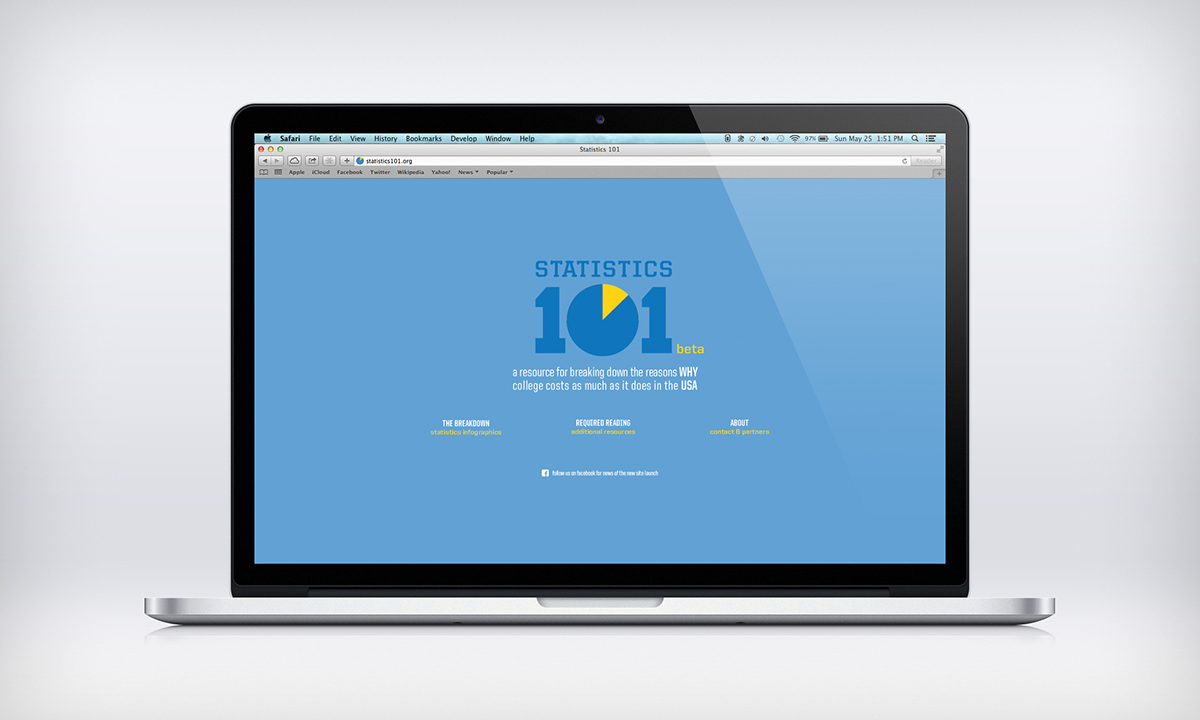
The current home page

Intro to "The Breakdown"

Beginning of first "Breakdown" section, Education Lobbying
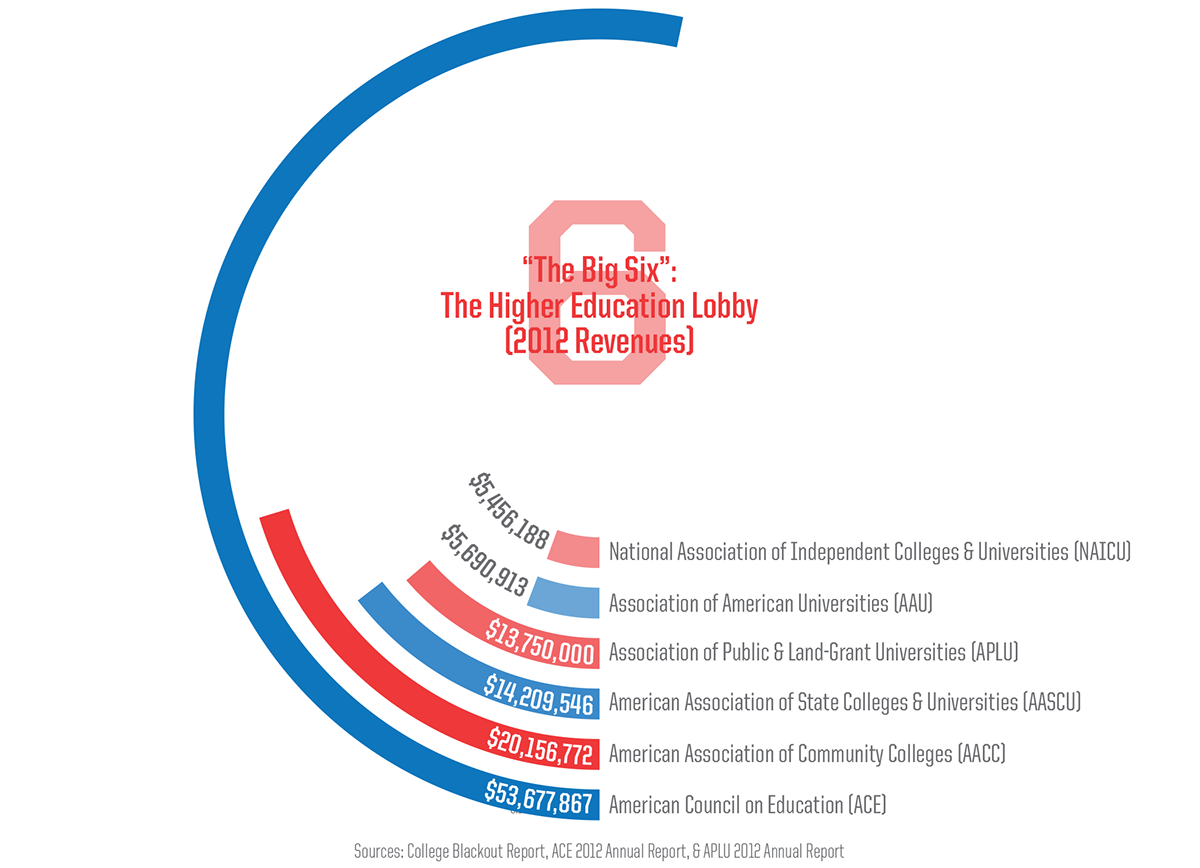
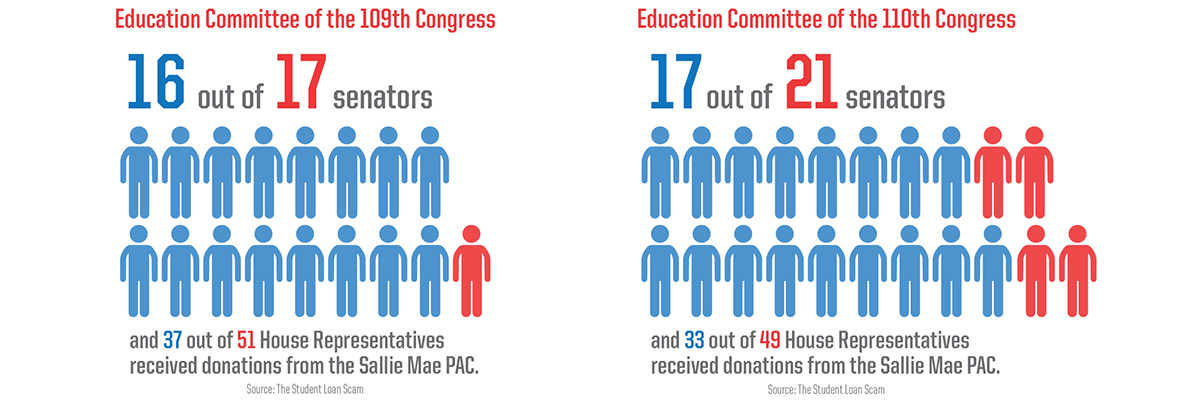
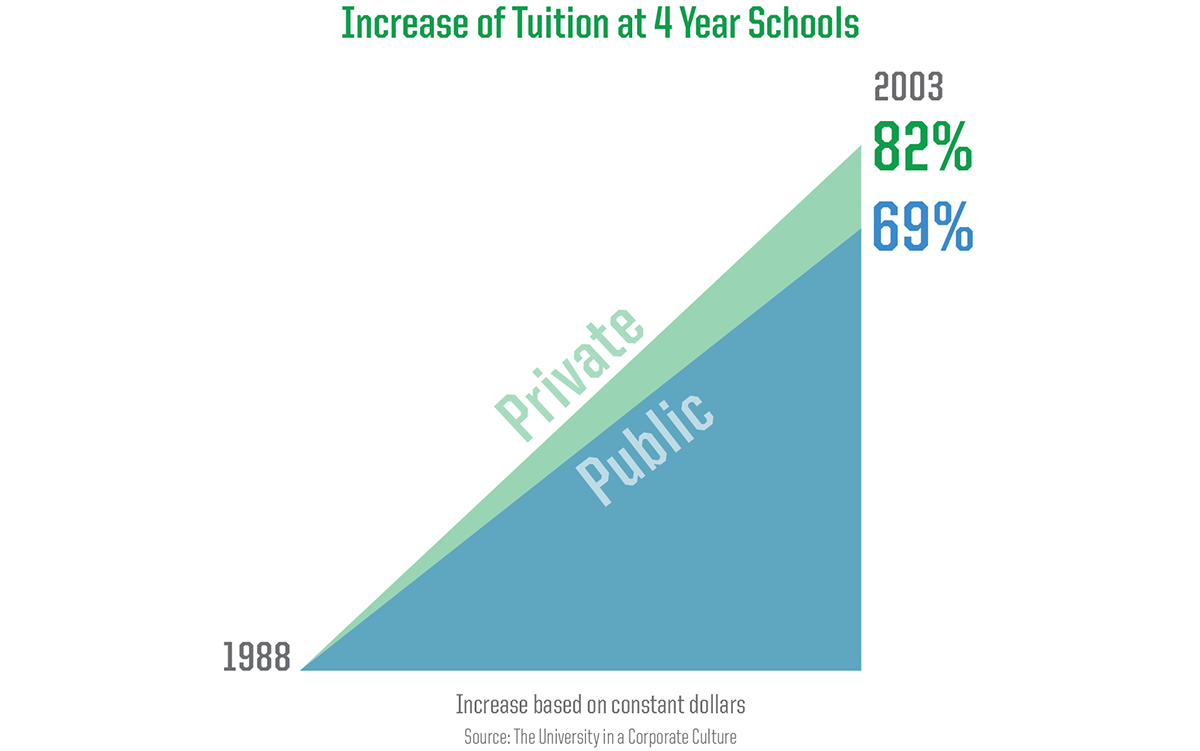
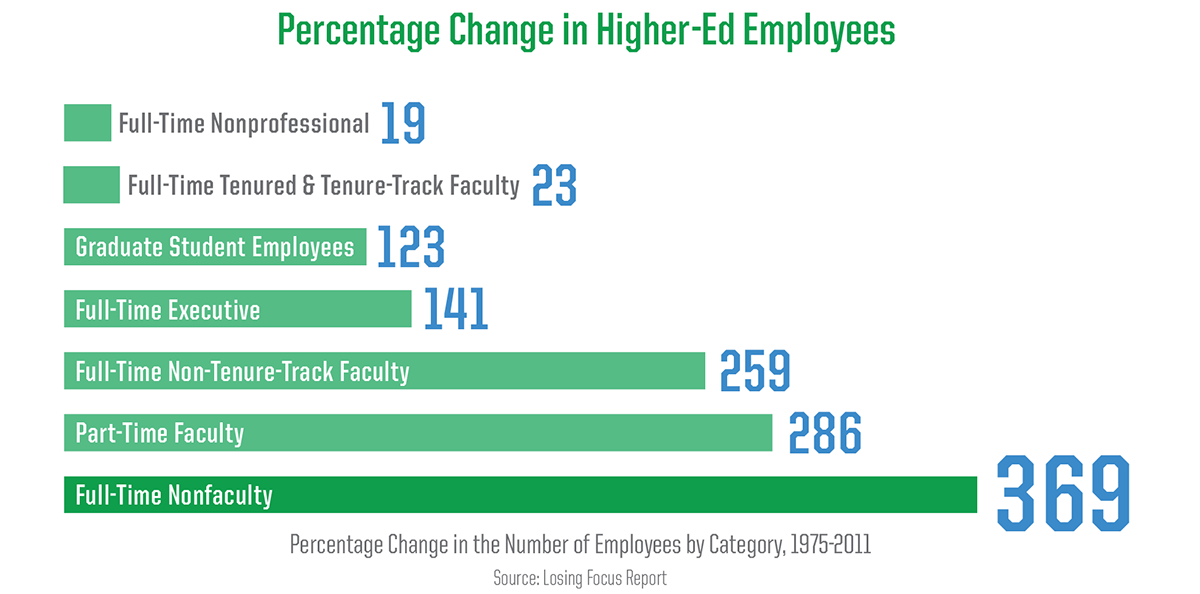


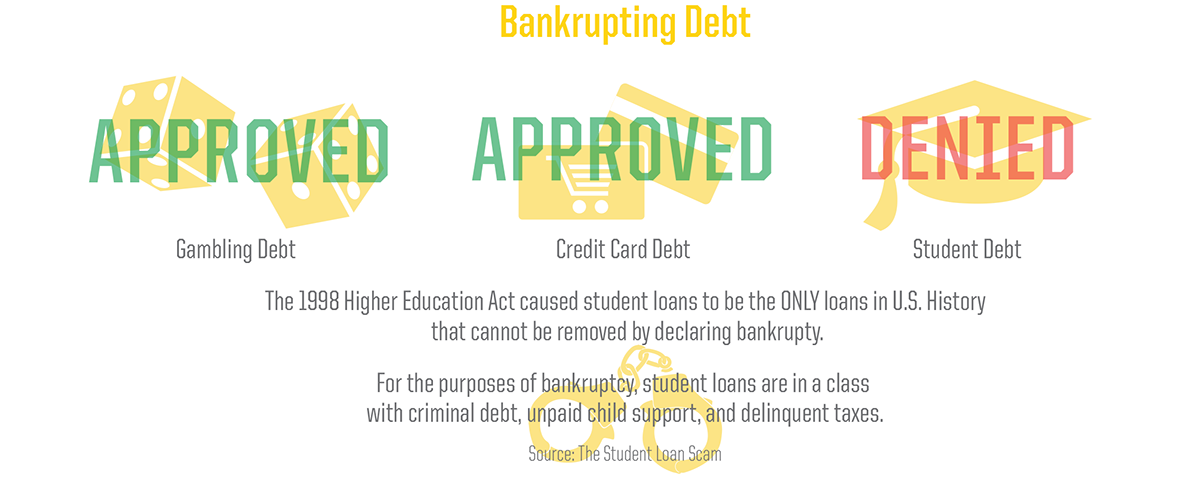

Required Reading: an archive of resources on higher education industry
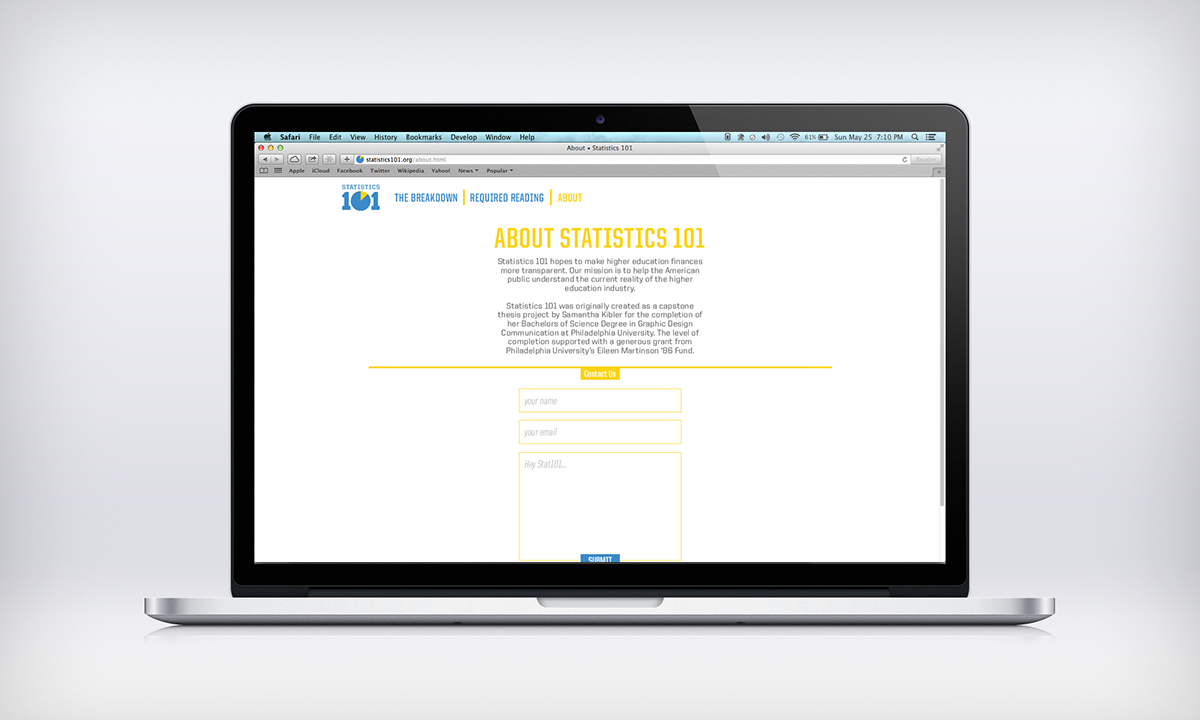
About: a brief explanation of the project, along with a list of like-minded experts and a contact form

Promotional Pin Buttons

Promotional Postcards

Help get the word out! Visit the live beta site at statistics101.org.
Keep informed on the latest updates to the site via the Statistics 101 Facebook page.
Keep informed on the latest updates to the site via the Statistics 101 Facebook page.


